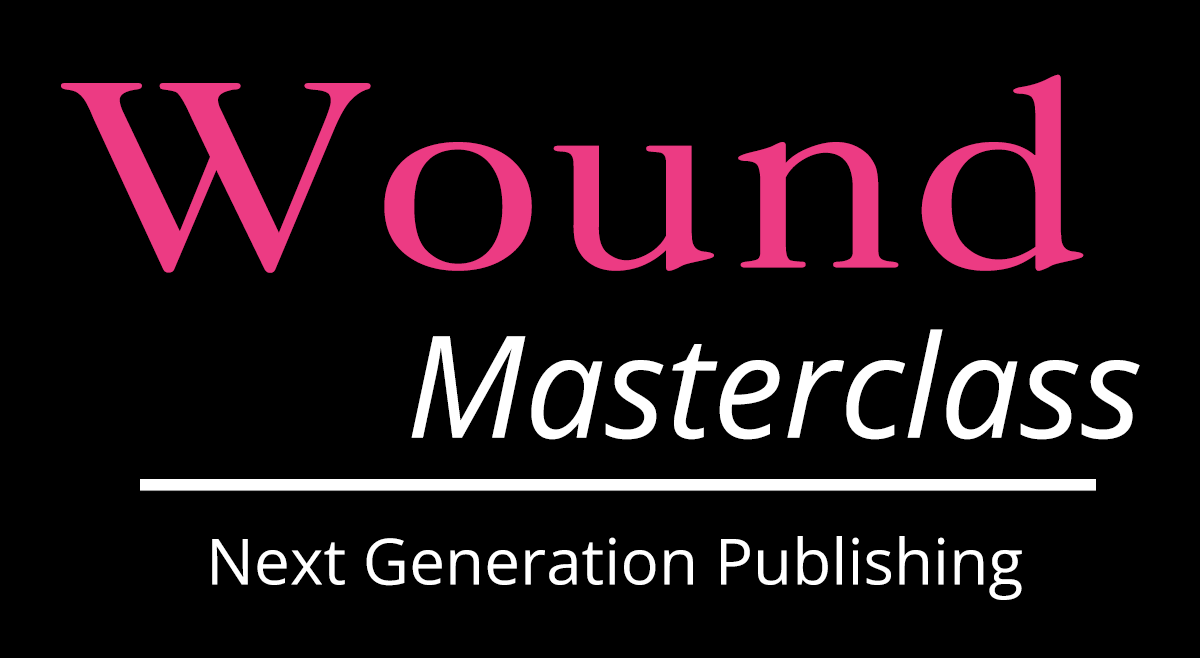Recognizing Rare Wounds
When something is lost, it is always found in the last place searched …because once found, searching is no longer necessary. With diagnoses: once identified, looking further is unnecessary. Unless something rare can masquerade as many other things, causing a false find – a diagnosis that looks like one thing but is really something else.
So it is with Martorell’s Ulcer. It is so rare and atypical, it is frequently missed when it presents. One of the rarer lower extremity wounds, Martorell’s Ulcer is often unrecognized, leading to ineffective treatment and prolonged, intense pain for patients.
The wound associated with Martorell’s Ulcer is an ischemic lesion appearing on the lower leg and sometimes near the Achilles tendon. Historically, it was thought that women between the ages of 50-70 were more likely to develop Martorell’s Ulcer. However, current literature suggests the average age is 74 and there does not seem to be evidence that women any more than men are likely to develop them. A significant marker for Martorell’s Ulcer is the disproportionate level of pain as compared to the size of the wound; Martorell’s Ulcer causes extreme pain
In all cases, the patient will have severe, long standing, systemic and uncontrolled hypertension and nearly 60 percent will have diabetes. The Ulcers can be triggered by trauma, however, 50 percent will be spontaneous in formation. The wound will be of varying depth, have a necrotic base, bluish or purple edges, an irregular shape, and can be singular or present with satellite sites.
Before being treated by a wound specialist, a patient may see a general practitioner. The generalist will assess a patient presenting with a lesion and leg discoloration and ulceration. Being unfamiliar with Martorell’s Ulcer, the generalist may diagnose it as a more common venous wound.
Even wound care specialists may determine the evidence to be something other than Martorell’s Ulcer. Frequently, Pyoderma Gangrenosum is diagnosed first. While the symptoms of both Martorell’s Ulcer and Pyoderma Gangrenosum are similar, the treatments are very different. Proper treatment for Pyoderma Gangrenosum is contraindicated for Martorell’s Ulcer.
A proper diagnosis for Martorell’s Ulcer is possible only with a large specimen sample biopsy. The specimen must be large and cut to the fascia, and include healthy skin from the wound border into the necrotic area of the wound. The specimen must remain intact, imbedded for histological examination and be of longitudinal orientation. A punch biopsy is insufficient to diagnose Martorell’s Ulcer and if used, has been shown to wrongly diagnose it as Pyoderma Gangrenosum.
Once diagnosed with the biopsy, treatment calls for surgical removal of the necrotic skin followed immediately by a split skin graft. Post-surgery, negative pressure treatment has been shown to help. While pain management was crucial prior to diagnosis and surgery, patients report pain reduction very quickly after surgery. Long term management requires blood pressure and diabetes control, cessation of smoking, and compression to the area. Wound area bacteria can be managed with topical anti-microbials or systematic antibacterial agents.
When a patient presents with longstanding hypertension and diabetes along with a very painful necrotic wound on the lower leg or near the Achilles tendon, health care providers should consider Martorell’s Ulcer and include it as part of the differential diagnosis.
It is rare, can masquerade as many other things, and is frequently found last and only after looking at everything else.
 On Wednesday, March 13, the Association for the Advancement of Wound Care (AAWC) President-elect Ruth Bryant, PhD, RN, CWOCN, met with a number of House and Senate offices on Capitol Hill to educate lawmakers on the need for increased prevention of pressure ulcers for our nation’s veterans. Dr. Bryant was joined by Martin Burns, CEO of Bruin Biometrics, and representatives from Arnold & Porter specializing in health care policy.
On Wednesday, March 13, the Association for the Advancement of Wound Care (AAWC) President-elect Ruth Bryant, PhD, RN, CWOCN, met with a number of House and Senate offices on Capitol Hill to educate lawmakers on the need for increased prevention of pressure ulcers for our nation’s veterans. Dr. Bryant was joined by Martin Burns, CEO of Bruin Biometrics, and representatives from Arnold & Porter specializing in health care policy.
